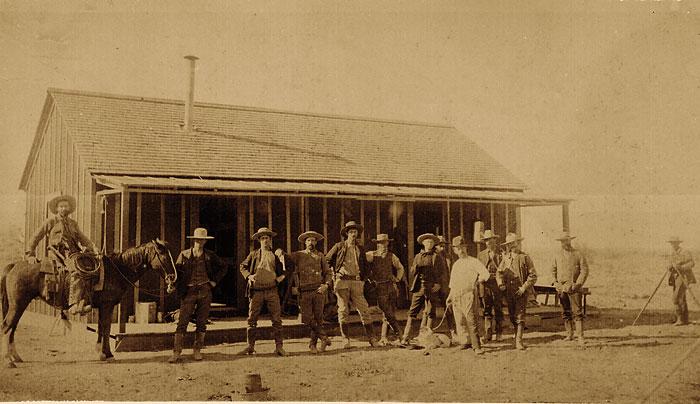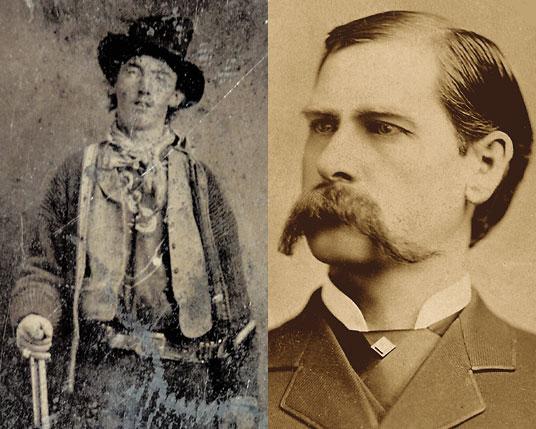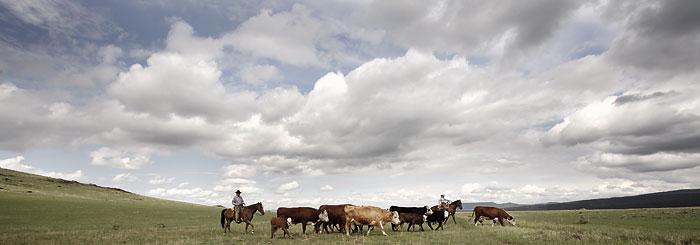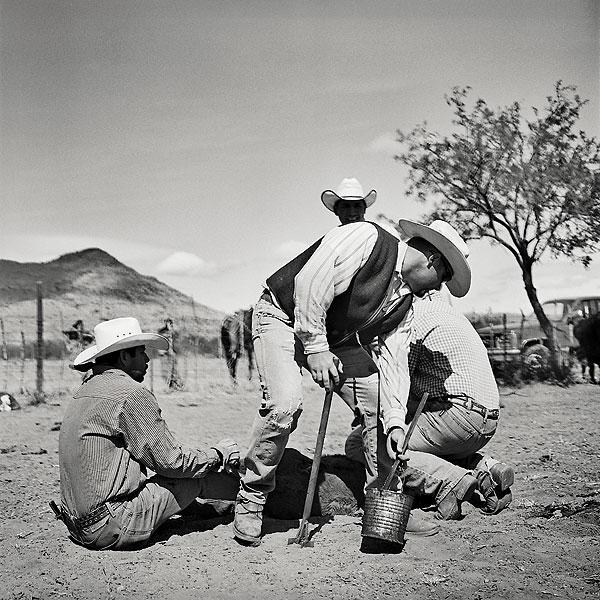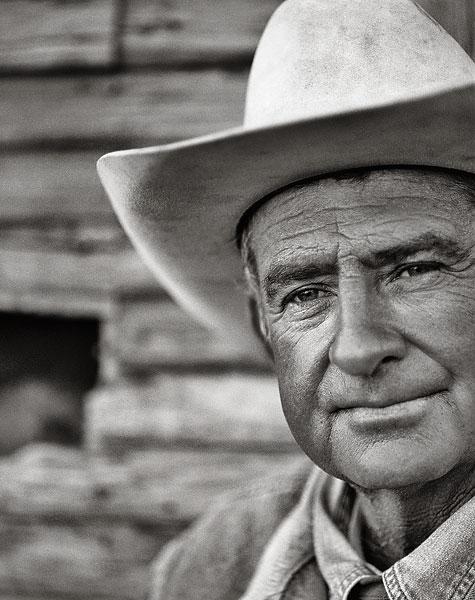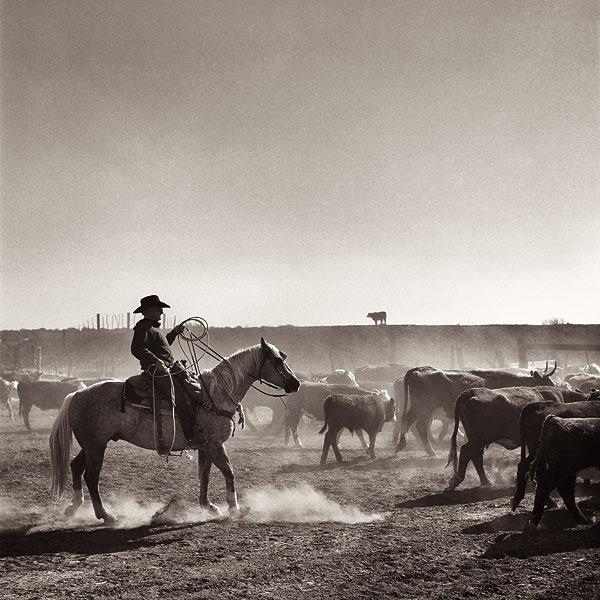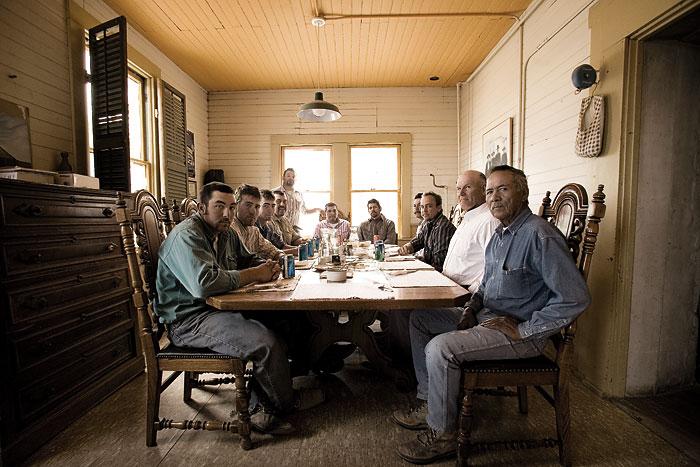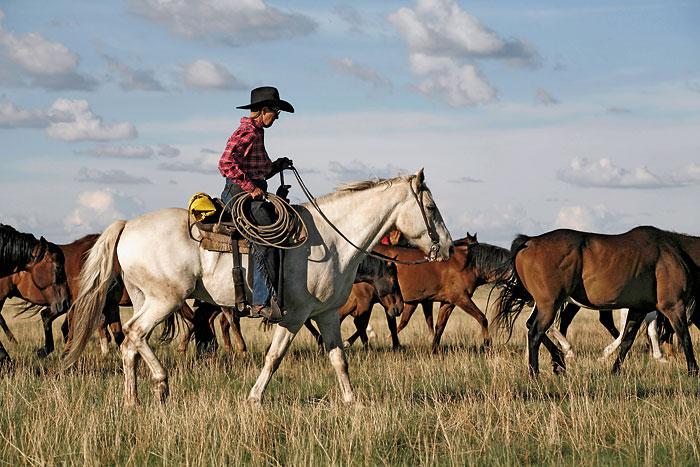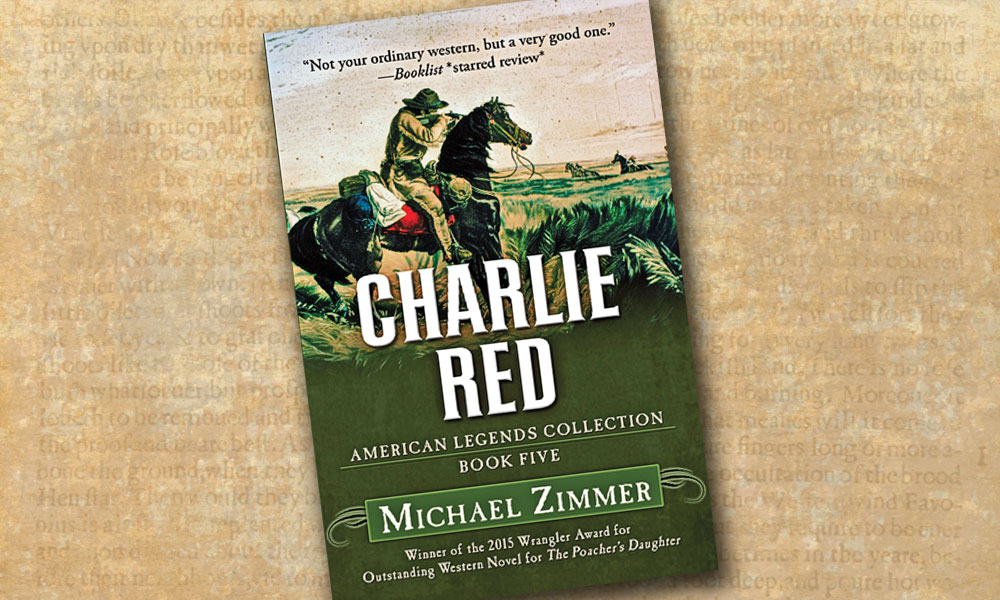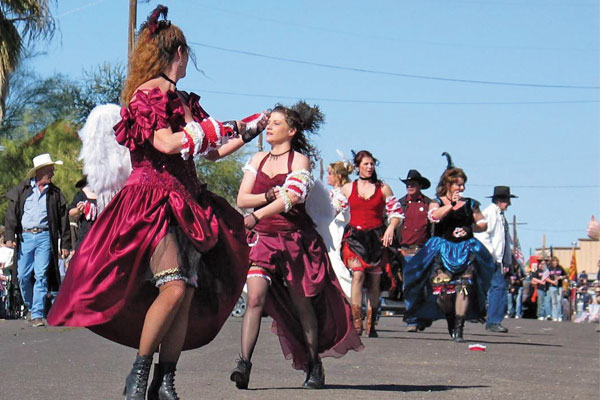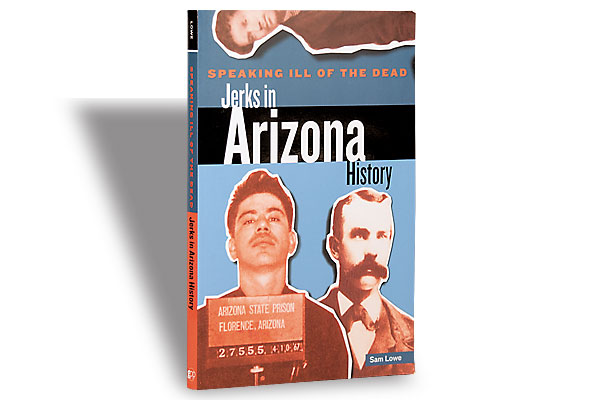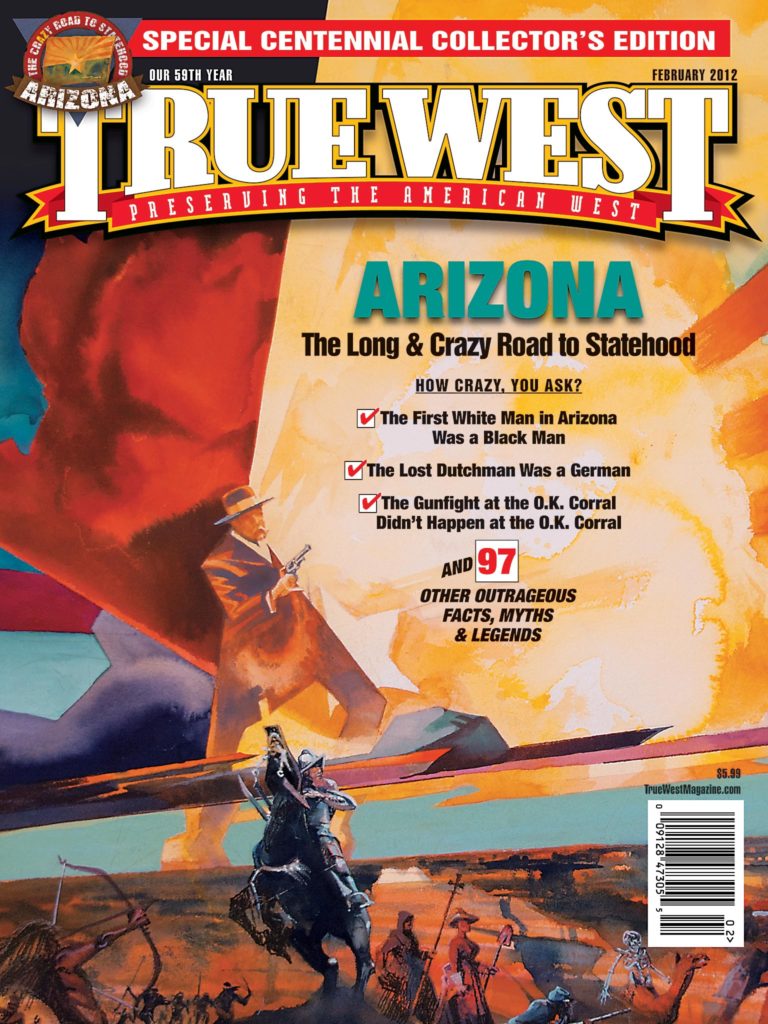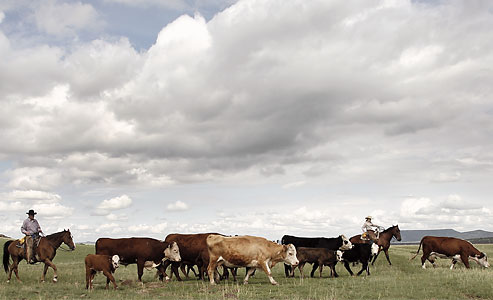 Early in the morning, as the first rays of sunshine spread warmth over Arizona’s mountains and valleys, when frost is still on the saddle blankets and the first cup of coffee is being poured over the cook fire, cowhands all across Arizona begin their morning work.
Early in the morning, as the first rays of sunshine spread warmth over Arizona’s mountains and valleys, when frost is still on the saddle blankets and the first cup of coffee is being poured over the cook fire, cowhands all across Arizona begin their morning work.
The work is hard, dangerous and unpredictable. For many of Arizona’s ranchers, the work is their heritage, a way of life that began at least 100 years ago. For some, their family’s ranch dates to the earliest years of the territory or even back to the era of the Spanish Mission trail along the Santa Cruz River.
Scott Baxter’s photography chronicles the heritage of Arizona ranching.
For the last seven years, photographer Scott Baxter has logged thousands of miles on Arizona’s highways and back roads in search of 100 ranching families who have been ranching at least 100 years. He has worked their roundups, woke up with them at first light and captured their spirit on film.
The gathering of wild steers, maverick bulls, lost dogie calves and old mother cows has been the work of Arizona’s ranchers for more than 300 years. Since the Spanish missionaries arrived in Southern Arizona on horseback and foot in the late 17th century, driving with them the first permanent herds of Spanish cattle, sheep and goats into Arizona, ranching has been an integral part of Arizona’s culture, economy and landscape.
In his photography, Baxter captures the rugged determination of generations of Arizona ranchers who have made a living from the unforgivable desert land. Baxter’s large format reveals the light, spirit and souls of the men and women who have worked the land and tended their herds through drought and floods, fire and freezes, overgrazing and subdivisions.
Ranching has defined the state’s image for more than 150 years. In honor of Arizona’s centennial on February 14, 2012, Baxter has selected three ranching families to represent the diversity of ranching heritage in Arizona from the territorial era to the present. These families are: Wink Crigler of the X Diamond Ranch near Eager in the White Mountains; the O’Haco Family of the Chevelon Butte and 4C’s Ranches near Winslow; and Jesse Hooker Davis of the Sierra Bonita Ranch near Wilcox.
X DIAMOND RANCH
Wink Crigler, the third generation of her family to ranch in the White Mountains, is the granddaughter of John and Molly Butler, who came into the wild and woolly White Mountains in 1890.
As the owner of the X Diamond Ranch, which is equally famous for its beef, beauty and bed and breakfast, Wink works the land just like the generations before her. She also oversees the management of her X Diamond Lodge, with its world class fly-fishing and spectacular views, and a family archive open to the public known as the Little House Museum.
During the fire last summer that burnt out over a half-million acres of the White Mountains near her ranch, Wink never left her land, determined to stay and protect her animals and property.
CHEVELON BUTTE/4C’S RANCHES
The O’Haco Family has ranched in the rugged canyon lands and high country crisscrossed by cowboys of the Aztec Land & Cattle Company, known as the Hashknife Outfit, near Winslow for well over a century. The Aztec company began operations in Arizona in 1884, moving its headquarters to Holbrook the following year.
Family patriarch Michael O’Haco was 16 when he immigrated to the Arizona Territory from France in 1899. He started as a sheep rancher building up ranches near Winslow, Wickenburg and Flagstaff, then switched to raising cattle after his son Michael returned from WW II. He had to be one tough, savvy sheep rancher to make it in the historic cattle country of Winslow and Holbrook.
His son and grandsons have continued to ranch outside of Winslow, each generation working hard together to overcome the harsh conditions of ranching the high plains of Winslow and the steep canyon lands that lead up into the White Mountains.
SIERRA BONITA RANCH
Jesse Hooker Davis is the sixth generation to live and ranch on the famed Sierra Bonita of Graham County.
Founded by Col. Henry Hooker in 1872, at the top of the Sulphur Spring Valley, the Hooker Ranch is a national historic landmark, noted for being the oldest, permanently established American ranch in Arizona.
Davis continues the family tradition, maintaining the fortress-like adobe house built by the colonel to protect his family and his ranch during the Apache and cattle wars of the late 19th century. Davis ranches the same mountains and valleys that his famed ancestor managed 140 years ago as the cattle king of the Arizona Territory.
Stuart Rosebrook owes most of his love of Arizona to three ranching families who will be featured in Scott Baxter’s portfolio: the Orme, the Teskey and the Cordes families.
Scott Baxter’s centennial project, “100 Years, 100 Ranchers,” will be exhibited across the state in honor of Arizona’s first century. For the exhibition schedule and information on supporting this nonprofit project, please visit 100Years100Ranchers.com
Photo Gallery
– True West Archives –
Wyatt Earp (right) and his posse stopped for supplies and rest at the Hooker Ranch during its infamous Vendetta Ride in 1882.
– Courtesy Robert G. McCubbin Collection –
In Scott Baxter’s photography, he captures the rugged determination of generations of Arizona ranchers who have made a living from the unforgivable desert land. Baxter’s large format reveals the light, spirit and souls of the men and women who have worked the land and tended their herds through drought and floods, fire and freezes, overgrazing and subdivisions.
–All photographs by Scott Baxter unless otherwise noted–
Jim O’Haco, one of the eight children born to Mike and Teresa O’Haco who continued the family ranching tradition. Jim has been managing the ranch since the death of his father in 2001.
These ranchers have the prestige of working at the first permanent American cattle ranch in Arizona, the Sierra Bonita Ranch, which still has its adobe ranch house and most of its original adobe corrals, bunkhouses and barns.
Wink Crigler of the X Diamond Ranch, which is equally famous for its beef, beauty and bed and breakfast, Wink works the land just like the generations before her.


